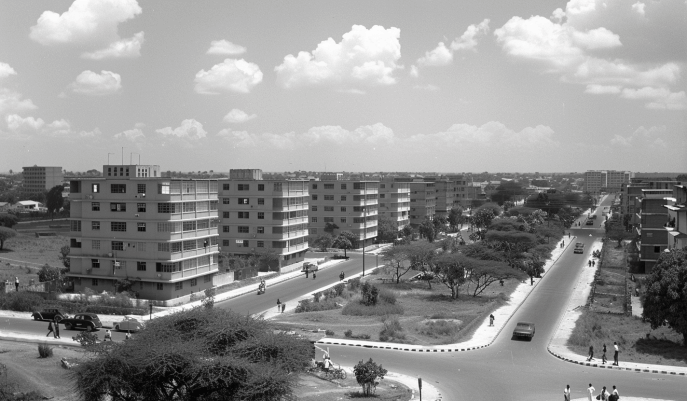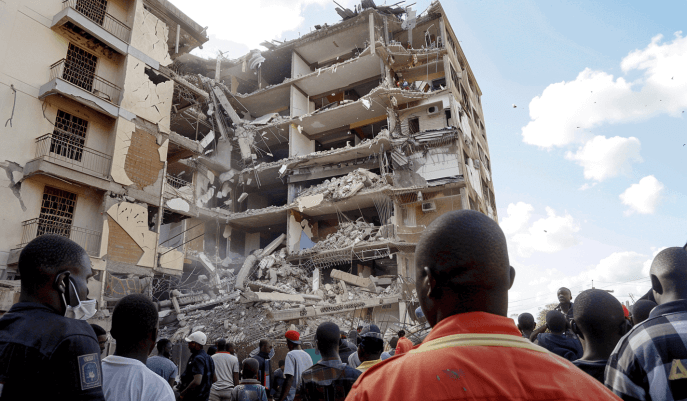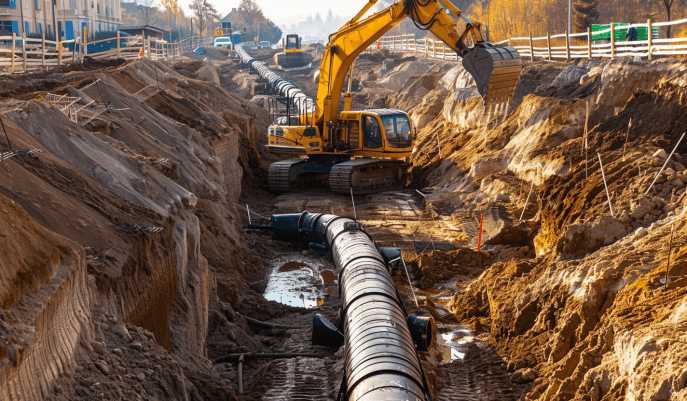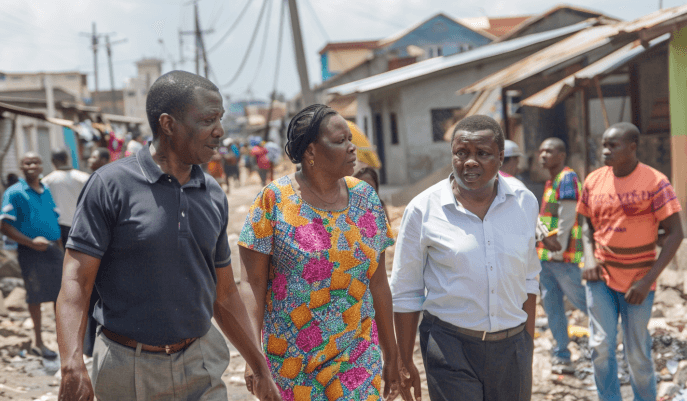- Kenya has experienced a substantial and ongoing increase in its population which has caused a stir in the real estate market due to an increase in demand for homes
- The surge in housing has precipitated the emergence of satellite cities.
- The construction of new apartments lacks orderliness and adherence to standards, leading to essential amenities being deprived in these neighbourhoods.
Over the years, Kenya has experienced a substantial and ongoing increase in its population. With Nairobi as its capital center, there has been a notable influx, as people look for greener pastures.This has caused a stir in the real estate market due to an increase in demand for homes.
A lot of developers, viewing this as an advantage, have taken the opportunity to build more houses, specifically apartments. Land sellers have capitalized on subdividing parcels into smaller plots and inflating prices to maximize profits.
Consequently, many individuals have purchased these plots, typically 50 by 100 acres, for residential purposes. This surge in development has led to an overabundance of houses and apartments in certain areas, highlighting the repercussions of inadequate urban planning.
Table of Contents
History of Kenya’s Real Estate
The transformation in Kenya’s real estate market is undeniable, with significant shifts becoming increasingly evident. The surge in housing has precipitated the emergence of satellite cities. Reflecting on the post-independence era, efforts to address Nairobi’s rapid population growth have been ongoing since Kenya gained independence in 1963.

According to the Post Independence Development of Nairobi City ,Kenya paper by Samuel O. Owuor & Teresa Mbatia, despite initiatives like the 1973 Nairobi Metropolitan Growth Strategy and the 1984-1988 Development Plan, implementation fell short, and subsequent efforts faced obstacles.
Reforms such as the Kenya Local Government Reform Programme introduced initiatives like the Local Authorities Transfer Fund (LATF) and the Local Authority Service Delivery Action Plan (LASDAP) in the late 1990s and early 2000s. However, challenges like unresolved debts and inadequate service delivery persisted, highlighting the ongoing need for effective urban governance and development strategies.
READ MORE: The Current State of the Real Estate Market in Kenya
Population Growth and Its effects
Nairobi, the capital city of Kenya, exemplifies the intricate challenges associated with urban planning in fast-growing urban centers. As noted in the UN World Cities Report 2022, Nairobi has undergone significant expansion, with its population ballooning from 290,000 residents in 1960 to an estimated 5 million in 2023.
Over the past four decades, Nairobi has experienced a remarkable shift, with the proportion of its population residing in informal settlements soaring from 33% to over 60%. This growth is not confined to Nairobi alone; satellite cities have also seen significant expansion in population and the construction of new apartments, both within Nairobi’s city limits and on its outskirts.
Unfortunately, the construction of these new apartments has been marked by a lack of orderliness and adherence to expected standards. This is evident in the alarming number of apartment collapses in areas like Kinoo. Recently, residents of an apartment in Kiambu county were abruptly evacuated due to sinking structures.

This leniency in building standards has empowered unscrupulous contractors to proliferate, leading to the rapid construction of substandard buildings. Consequently, these burgeoning neighborhoods are deprived of essential amenities such as proper drainage systems, clean water, and reliable electricity.
Addressing the Infrastructure Deficit: Strategies for Sustainable Development.
Given the challenges of rapid urbanization and poor planning, there is an urgent need for smart strategies for sustainable development in Kenya’s satellite neighborhoods. This involves addressing current infrastructure problems, such as housing shortages and limited amenities, while also planning for future population growth.

By leveraging technology, data, and collaborative efforts among government, planners, developers, and communities, resilient and adaptable urban areas can be created to meet the diverse needs of residents.
Key areas such as transportation, water, and healthcare require immediate investment to alleviate existing challenges. Additionally, incorporating eco-friendly practices, such as green building principles and renewable energy sources, is essential for environmental preservation.
By engaging local voices in the planning process, the needs and preferences of communities can be integrated into development initiatives. Through this comprehensive approach, Kenya’s satellite neighborhoods can evolve into sustainable and vibrant urban centers where residents thrive, both now and in the future.
READ ALSO: Kenya Real Estate: Market Analysis 2016
Conclusion
In essence, sustainable development in Kenya’s satellite neighbourhoods requires a holistic and collaborative approach that prioritizes the well-being of both residents and the environment. By addressing immediate challenges while planning for future growth, we can build resilient urban areas that enhance quality of life for all.



